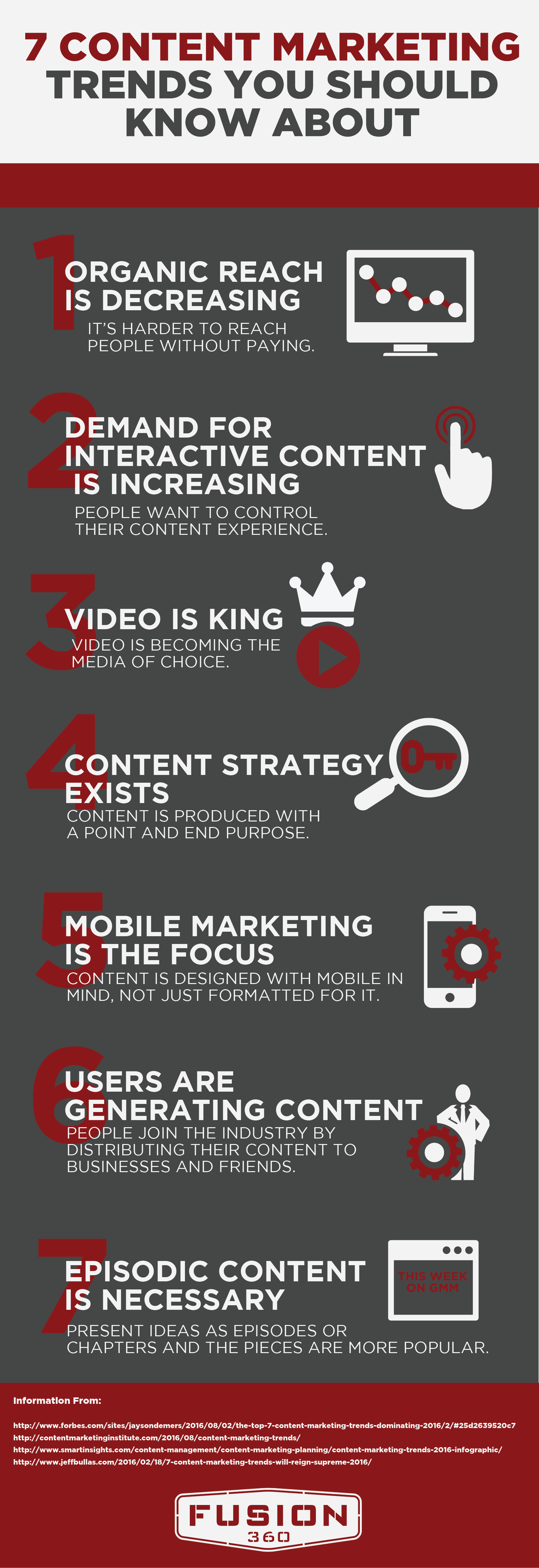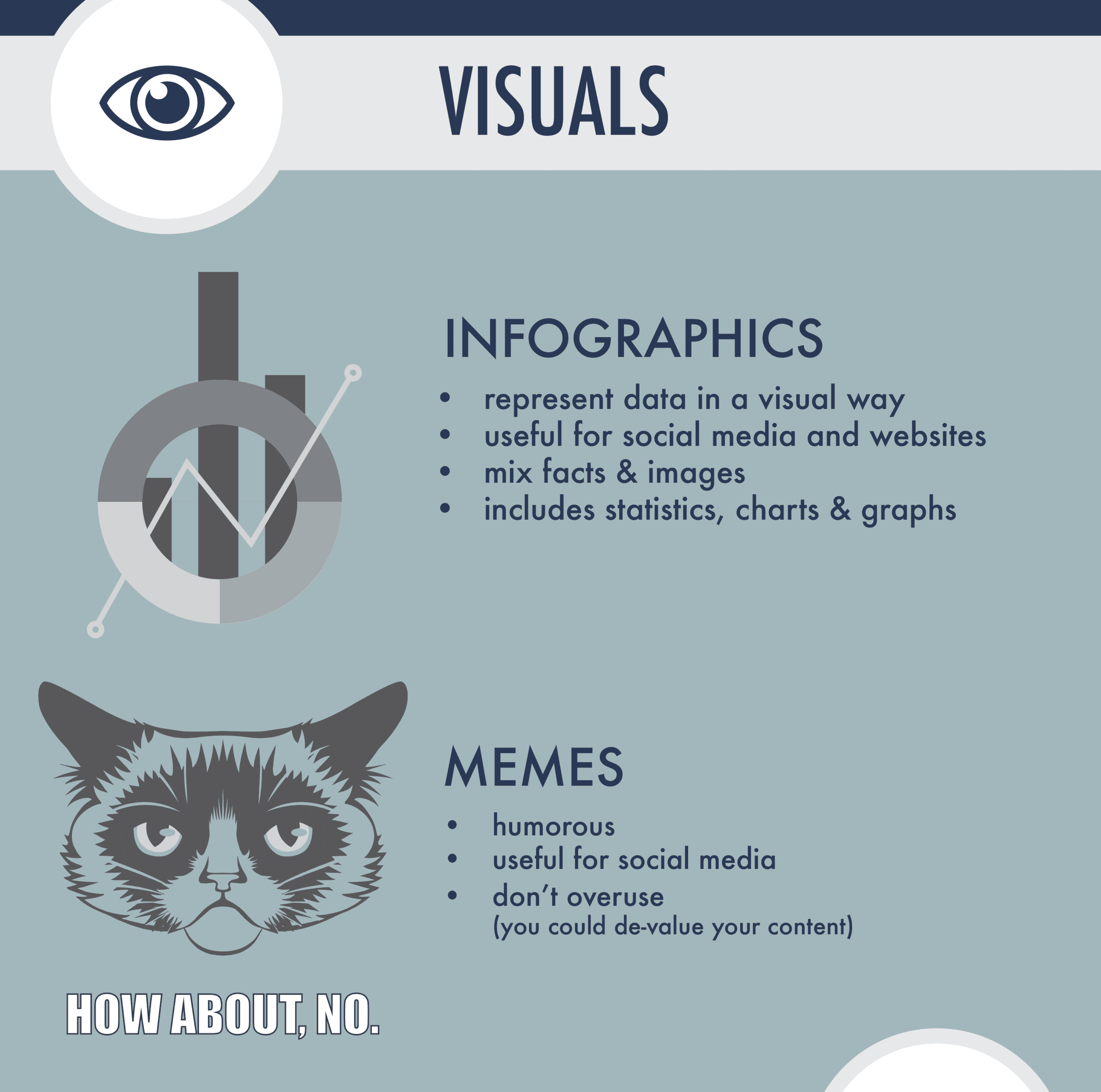
The greats in any field — whether they’re Olympians or mathematicians — might be gifted with some talents that others might not have, but at their core, they’re people just like you and I who spend their days and nights practicing, theorizing and outworking their competition.
The same has to be done for those who want to succeed in the SEO industry. You have to outpace your competitors, and you have to always find innovative answers to the impossible question. As the #1 digital advertising agency in Utah, we know a thing or two about dominating the SEO field.
Never Stop Studying and Strategizing
SEO is constantly changing. It’s still a newborn in the advertising field, so those that hold the keys to all of SEO’s abilities, like Google, are still trying to figure out what’s the best way to utilize the tool for brands and companies in Utah and beyond. The best way to keep up to date with changing search engine trends is by following the blogs that are navigating where the industry is going. Blogs like Google Webmaster Central, Search Engine Land, Moz Blog and SEMrush Blog are all crucial to helping you how to approach your next SEO strategy.
Understand What Is and Isn’t Working in SEO
Quick rule of thumb about SEO: Never trust your feelings, only the numbers. As I mentioned before, search engine optimization is a new field, so it’s important to trust the numbers over your past experiences.
Visiting SEMrush’s winners and losers report will help you get a better understanding of how certain website are able to build a large audience just because of their search engine presence.
Talk Is Cheap. Work Is Priceless.
It’s crucial to implement a strategy on how you’ll approach your brand’s search engine potential, but you can’t spend countless days theorizing the best approach. Sometimes the best way to succeed in SEO is by strategizing, implementing, failing and repeating. After a strategy or two, you’ll start to see some sort of success, but if you don’t, it might be best to go back to the previous steps, and see where you might’ve gone wrong. Keep your SEO actions consistent by developing a plan and timeline that you commit to.
Don’t Settle in Your Success: Break The Glass Ceiling
This tip is vital. If you follow the previous steps, you’re on the right path to SEO success, but if you stay satisfied with that success, you’ll become stagnant. Success is fleeting, especially in the shifting landscape of marketing. Take your success and invest it in resources and strategies that will make you even more successful.













